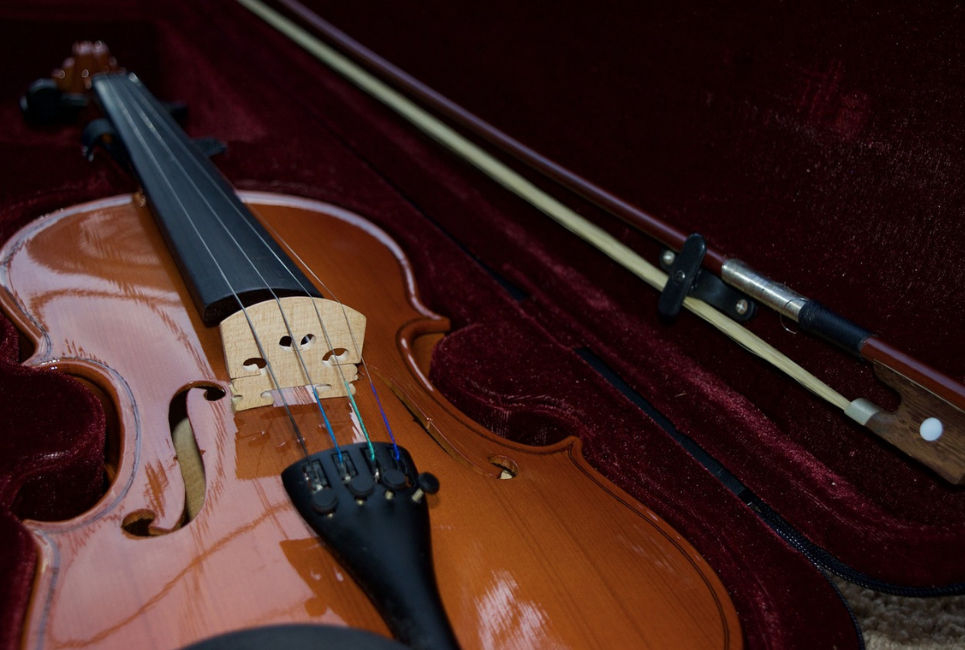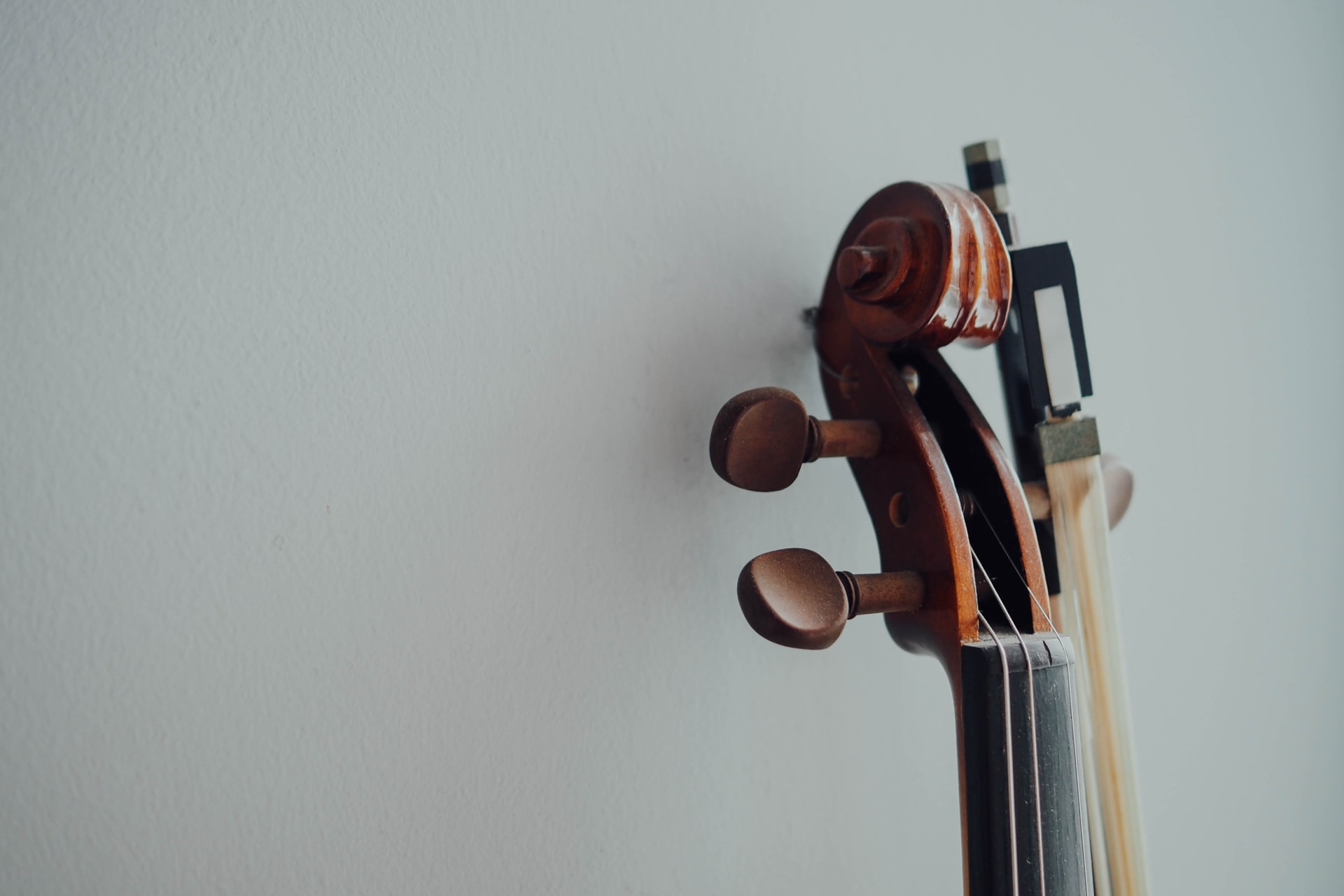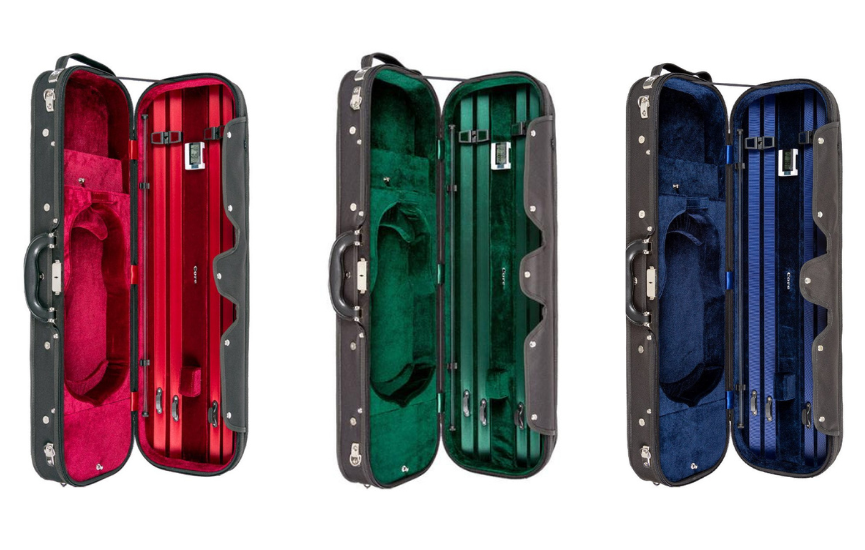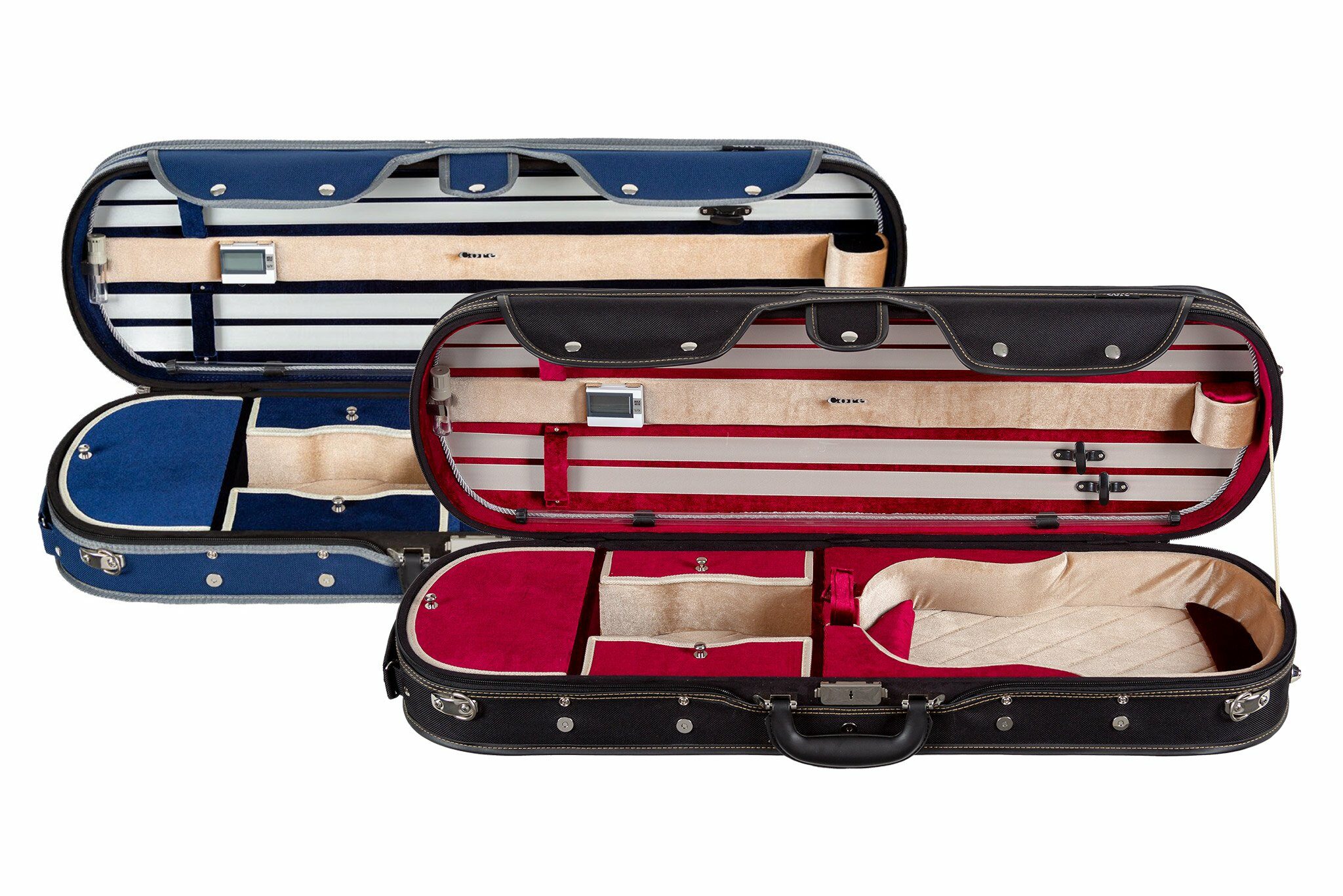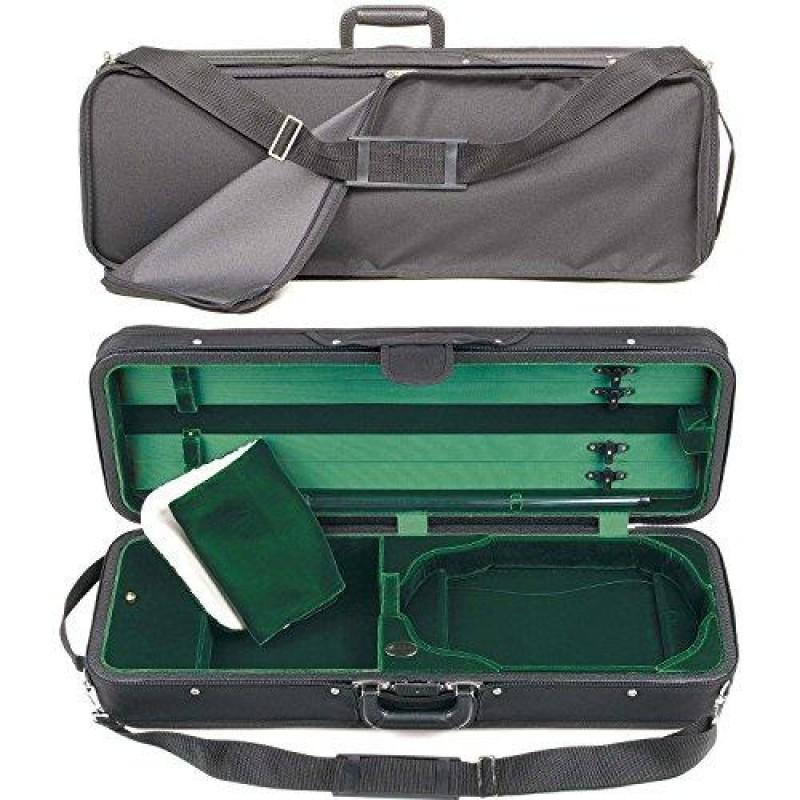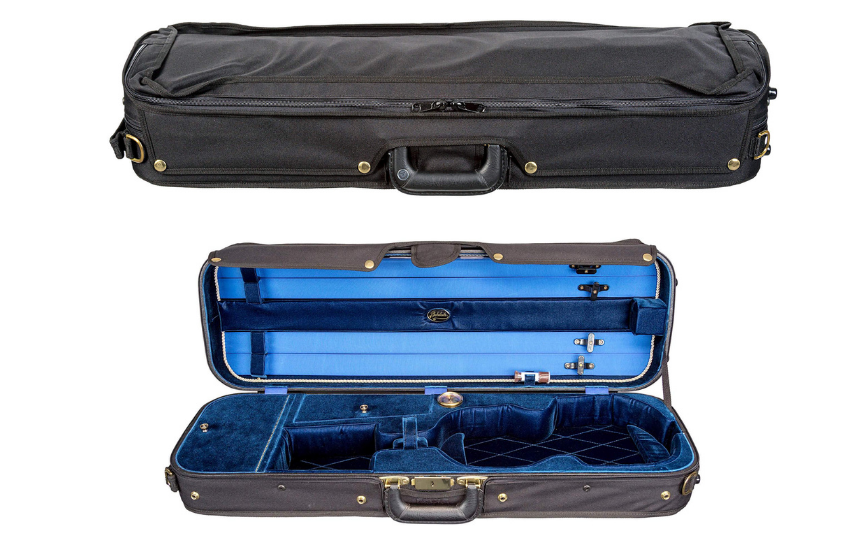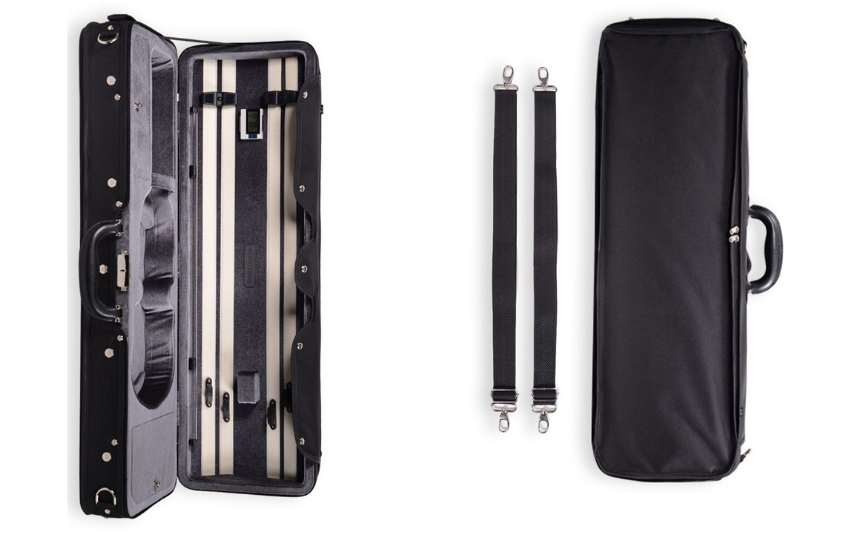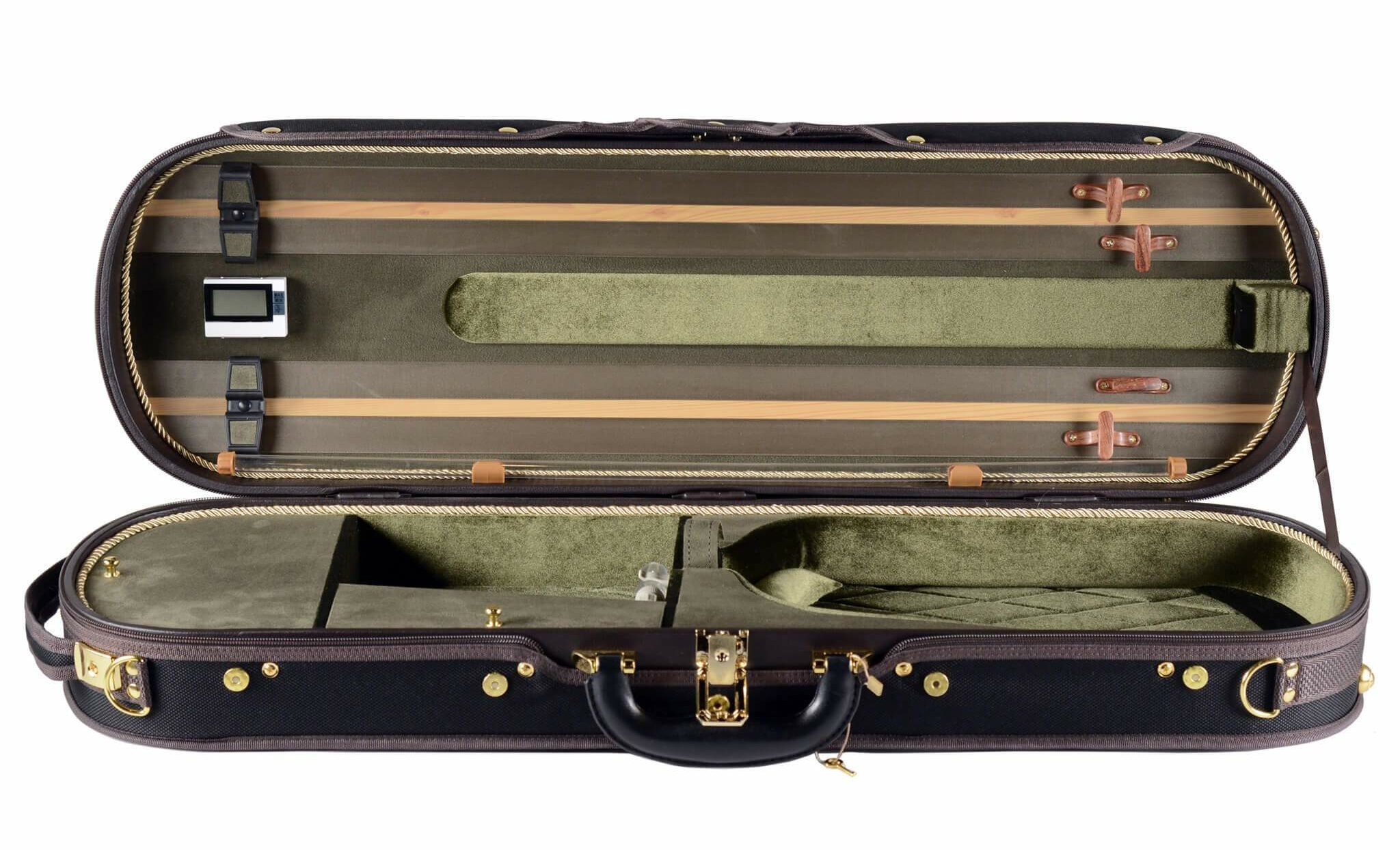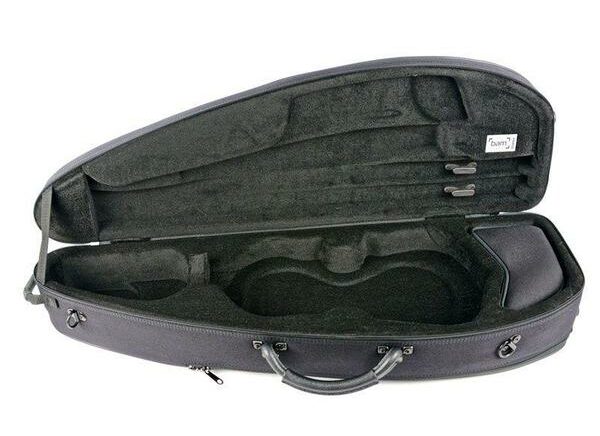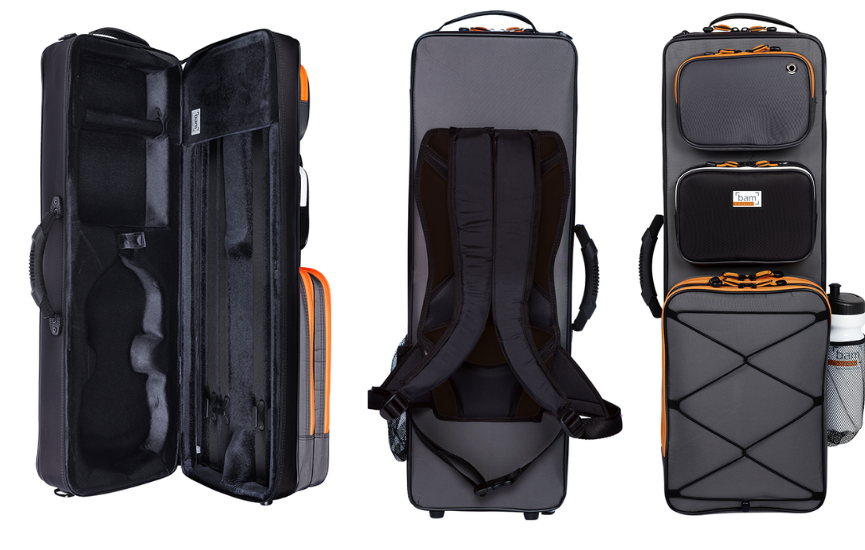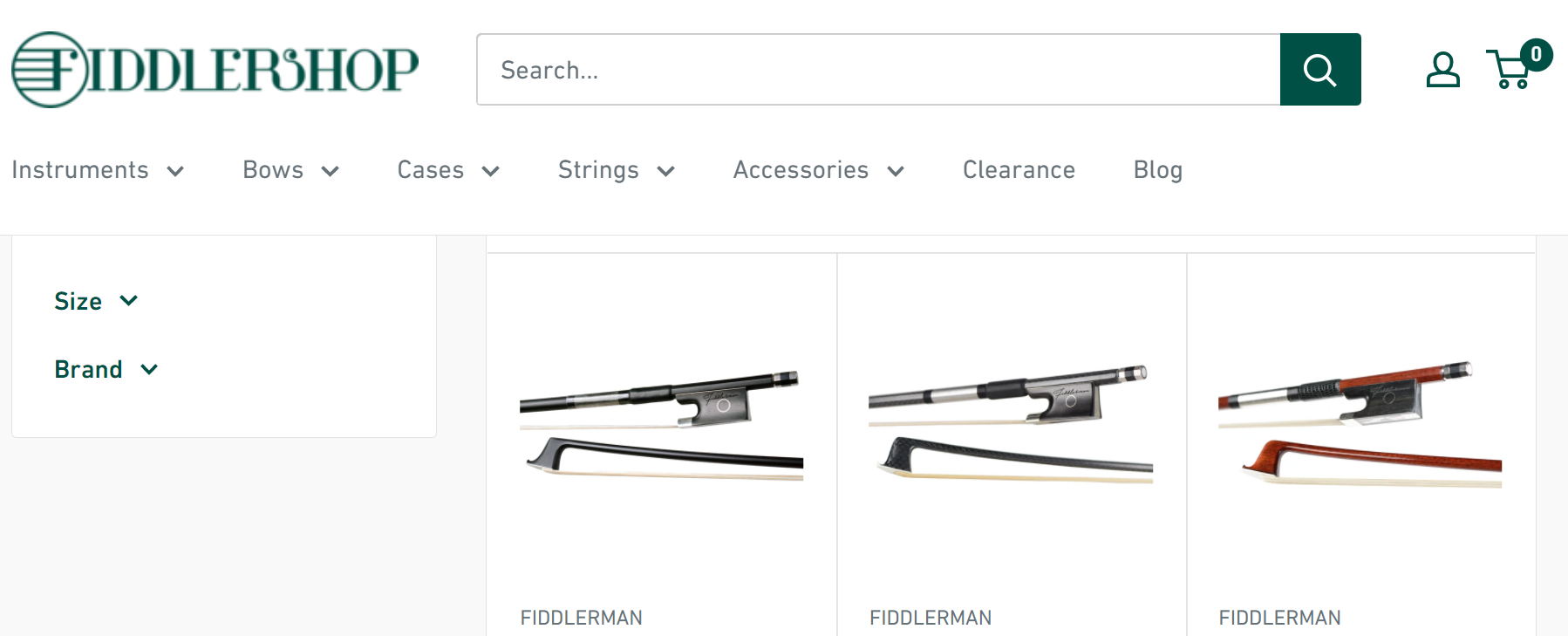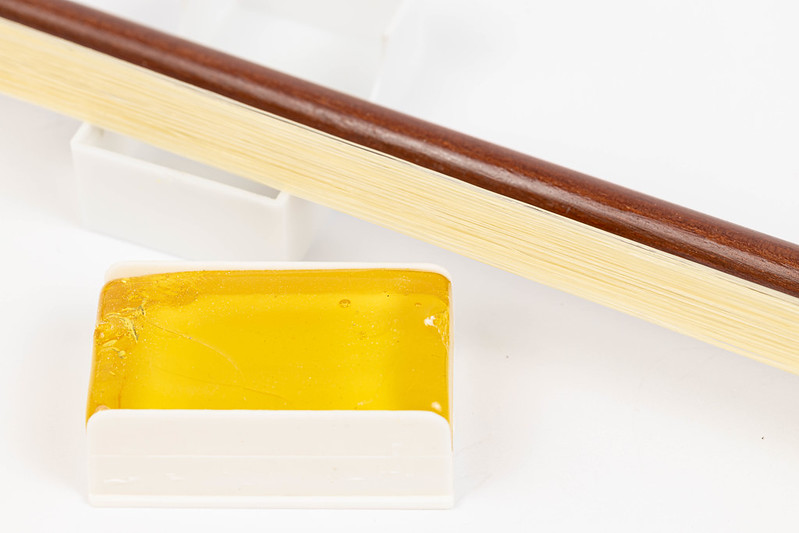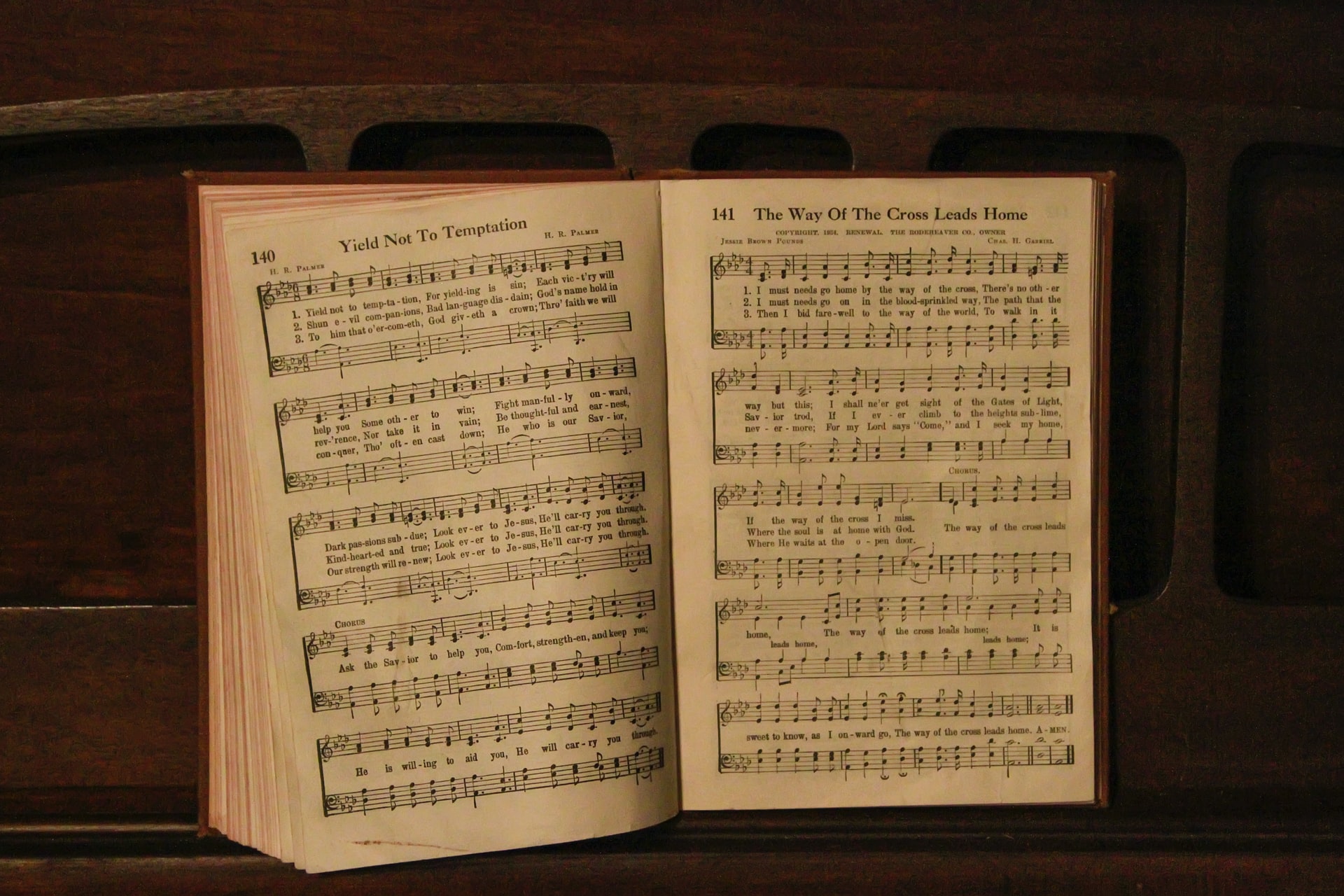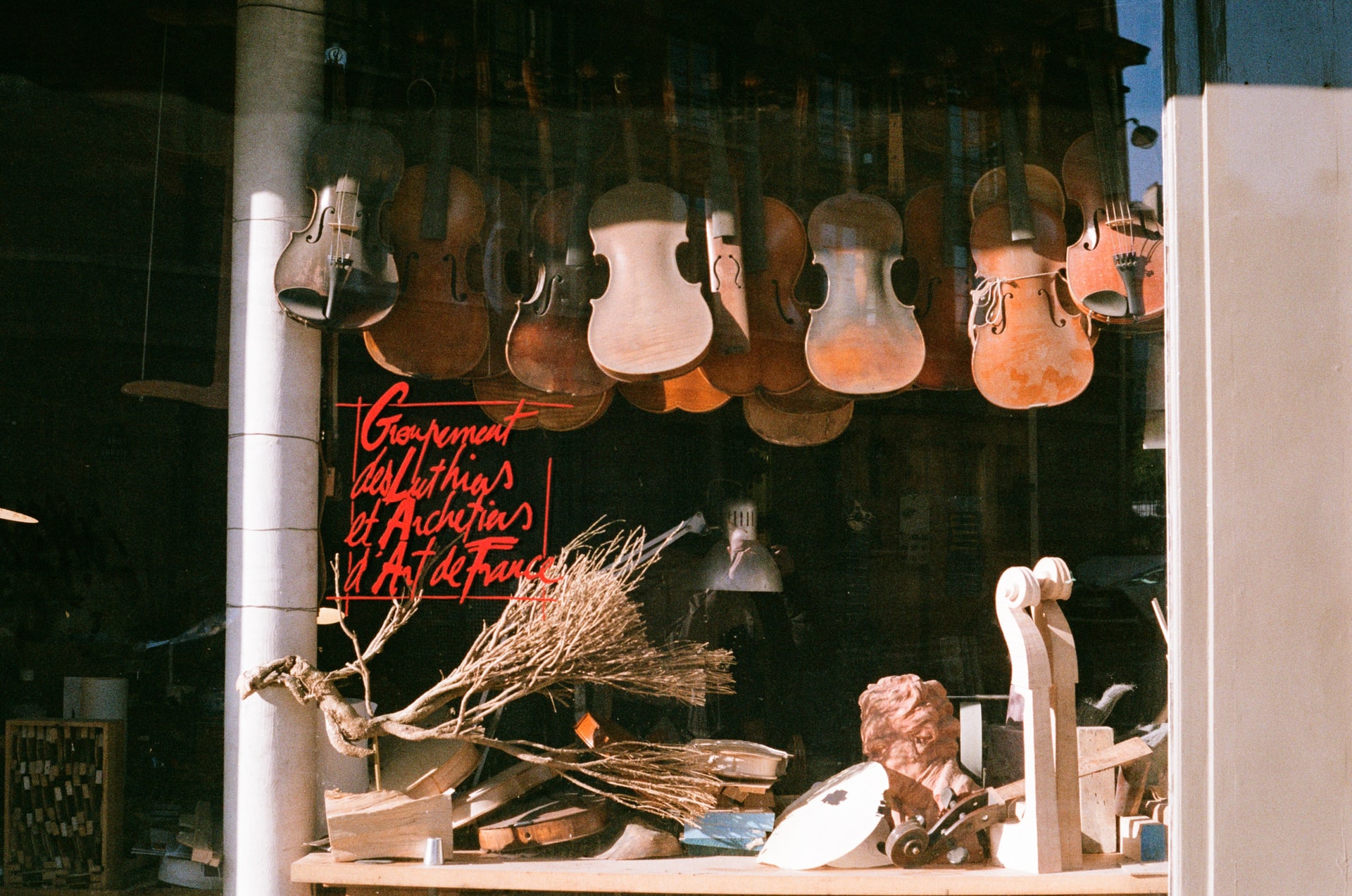- Best Fretted Violins Guide - May 31, 2022
- Best Yamaha Violins Brand Guide - April 13, 2022
- An Honest Mendini MV300 Review - March 31, 2022
Violins come with so many accessories. Most beginners will find everything they need in a neat package regardless of if they are buying or renting an instrument. Players often find themselves seeking out new accessories within a year or so of playing regularly. They’ve now had the instrument for a while and know what they like and dislike about their current setup. This is where seeking out new bows, shoulder rests and other accessories become a large part of growing as a musician. Accessories help you find the setup you are comfortable with and able to play your best at. This handy guide will tell you a little bit about the accessories, what they do and how to spot the ones that could work for you. I’ve included some recommendations for the most important accessories to give you an idea of what things create a good product.
Criteria
Overall the criteria was based on the durability, user reviews, and reputation of the products. I also added my own knowledge and experiences with violins and their accessories to the mix. Case and bows have added criteria that are important to its function as a product.
- Cases are unique and require a suspension system to keep the violin safely in place. Without a suspension system, the violin is in danger of rattling around and sustaining damage while being transported. It could even be broken if dropped. All recommended cases have suspension systems that have been tested and used by real musicians.
- Bows require genuine horsehair to be used, those with synthetic hair may not have the same tone or playability. The brands recommended always use genuine horsehair on their bows.
The Essentials
Most Students will receive a violin that includes the essential pieces they need to get started. As students advance, they will find themselves searching for the accessories that best fit their playing style, budget, and future goals. It can be daunting to look for accessories, but luckily the industry has some tried and true brands and some great up and comers.
Cases
Cases are one of the most important parts of a violin outfit. Not only are they used to store your instrument when you aren’t playing it, but it’s also your instrument’s protection while traveling and moving about. A good case will come with a suspension system that keeps the violin in place, so it doesn’t knock the sides of the case if it is dropped. A case should also have decent storage compartments. At a bare minimum, it needs a bow holder, a small compartment to fit things like rosin and fingernail clippers. Many cases on the market today come with all sorts of amenities, such as hydrometers and humidifiers.
Howard Core Company
Howard Core Company makes both Core and Bobelock branded cases. They have been around since 1976 and operate out of Alabama. They work with wholesale suppliers and manufacturers to create quality products for the violin family of instruments. They sell everything from instruments to the tools and parts to build one.
Core Oblong Suspension CC500
Is a favorite among students for its cheap price points and accessories. The case is covered in a waterproof rain flap and lined with plush velvet material. It comes with a hygrometer, music pocket, two accessory pockets, and four hill-style bow holders.
Core Luxurious Oblong Violin Case CC575
Is a luxurious upgrade to the CC500, featuring a wood construction with a screw attached cover and a quilt stitched padded instrument bed. The case comes with a music pocket, leather carry handle, three accessory pockets, hygrometer, humidifier, and four bow holders.
Bobelock 1003 Oblong Featherlite Violin Case
Is a lightweight case made out of layered plywood and styrofoam. It offers the same protection and reliability as other Bobelock cases but with a lighter design, make it easier for the musician on the go. The case comes with one large accessory pocket, four bow holders, a pencil pocket, and a music pocket.
Bobelock 1051 Oblong Volin Case
Is a more expensive choice for the growing musician but a wonderful birthday or Christmas present. The case is made out of wood and covered in a nylon canvas cover with a music pocket. Inside you’ll find three accessory pockets, four bow holders, suspension pads, humistat, a hygrometer, and a pencil pocket.
Fiddlerman Cases
Fiddlerman sells several branded products from trusted workshops. They work directly with the manufacturer to get lower prices. I use their products religiously, and I’m always satisfied. I’ve also found every interaction with their team to be wonderful. In our How To Find The Best Violin(link?) article, I talk more about their company. Their cases are moderately priced and come filled with nice amenities, including storage and hydrometers.
Fiddlerman Oblong Violin Case FC50
is a previous outfit-only case that players love. The case is made out of pressure foam with a full suspension system. It comes with a thermometer and hygrometer, four bow holders, a music pocket, and two accessory pockets.
Fiddlerman Quality Oblong Violin Case FC100
is an upgrade to the FC50 and features a plywood core construction, four bow holders, a hygrometer, a thermostat, and two accessory compartments.
Bam Cases
Bam makes some of the highest quality cases on the market. Unfortunately, they do come with a heavy price tag that comes be too much for many violinists. These cases are popular among professional violinists with high-priced instruments and those who travel with their instruments.
Bam Classic III Contoured Violin Case
Is the cheapest offering by the brand. It’s covered in water-resistant Cordura fabric, and the inside is made with high-density foam injected around a mold. The case comes with a removable accessory pouch, two backpack straps, two bow holders, and a sheet music pocket.
Bam Peak Performance Violin Cases
Is a popular choice for college students and professional musicians that need to commute with their instruments. The case is made out of high resilience foam cushions that provide a suspension system and support your instrument where it counts. The outside of the case features a side net pouch, two backpack straps, and two front pockets. The inside features four bow holders and an accessory compartment.
Bow
Intermediate and professional violinists will likely purchase their bows separately from their instruments. Most violinists try out bows just like they try out violins so that they can find the right fit for their instrument. Student violinists will often receive a bow that comes with their violin. Most of the time, these cheap bows aren’t worth rehairing every 6-9 months. Instead, students will find themselves in search of a suitable bow that can replace their balding bow. This is where inexpensive, but quality bows come into play, typically made out of cheaper wood like brazilwood or materials like carbon fiber and fiberglass. These bows are usually worth rehairing but replacing them when needed is also an option for those who don’t have a luthier near them that works with orchestra strings. When students make the jump to an intermediate instrument that they want to keep for a long time, they will then find a bow that they will rehair regularly. As a general rule of thumb, bows should be about 1/10th the value of the instrument. For example, my acoustic violin Winston retails for $1500, and the bow is roughly $150, not counting for inflation. However, I regularly play using a carbon fiber bow that cost less than the original bow I got with it. Here are some brands I look at for bows and what they offer.
- Fiddlerman makes several quality low-cost bows. I’m a big fan of their carbon fiber line, but they also have a fiberglass bow and a hybrid bow. The hybrid bow is meant to replicate the look and feel of an expensive pernambuco wood bow but has the durability of a carbon fiber bow. They recently released a new model of their signature carbon fiber bow that I’m excited to try when I get a new bow. However, I’m partial to their carbon fiber weave bow. I enjoy the look and feel of it over the original bow.
- Holstein is a popular wood bow maker. They have bows low to high-end bows made out of Sandalwood or Pernambuco. The bows run on a star rating system to determine the value and player level. Sandalwood one and two are great for beginner students. They are made out of a cheaper material but still retain the same quality as the more expensive bows. Pernambuco bows 1,2, and 3 are great for the intermediate to professional player.
- JonPaul makes a wide range of bows using both wood and carbon fiber materials. They have a few moderately priced bows, but largely these would be for the serious student or a professional violinist. Some of these bows cost in the thousands. Similar to Fiddlerman, they also offer a fusion carbon fiber wood bow.
Shoulder Rest
Shoulder rests are a must-have for any violinist. Not only do they support your instrument, but they also provide a lot of comfort. A good shoulder rest will slip onto your instrument and fit tightly. It won’t fall off easily while changing music or moving into a rest position. It also won’t be too difficult to get on. A younger student may struggle with a shoulder rest that is too tight against the instrument.
- Fiddlerman offers two shoulder rests, one made of wood and the other made out of carbon fiber. I own both, but I’m partial to the carbon fiber one. It’s sturdy, lightweight, and easy to put on and off. I use the wood one with my acoustic violin and find it similarly comfortable. However, I’ve had problems with the feet coming off. They’ve since updated the design to something more conducive.
- Kun is one of the most popular shoulder rest brands. They offer a range of student rests that are affordable to an expensive collapsible version that is sure to please the intermediate or professional player.
- Everest is another popular shoulder rest brand. There rests are much more affordable than others, with the cheapest being only 14 bucks. Some come in fun colors for those that want to add some personality to their violin.
Rosin
Rosin is essential for drawing sound out of the violin. It is typically made out of pine resin, and when rubbed against the bow hair, it makes it sticky. The stickiness then catches and vibrates the strings, creating the sound we all know and love.
- Magic Rosin is a fun product that pours rosin over a picture to make it look like the rosin is stamped. There are all sorts of different designs and even the ability to make your own custom-designed rosin cake. Magic Rosin was founded by Sarah West, a Julliard trained cellist in Minneapolis, MN. The company was sold to Connolly Music and is now produced in New York.
- Holstein makes just about everything for string instruments, including rosin. They currently offer premium and reserve rosin. The premium rosin is great student rosin and will last forever. The reserve rosin is a favorite of professionals due to its quality.
- Piastro is most known for their strings, but they also sell inexpensively priced quality rosin. The Goldflex Rosin is mixed with gold dust and formulated to work well with Piastro strings.
- D’Addario is well known for its guitar products, but they also make great electric violin products. They make various rosin that can fit into any budget, from 4 dollar cakes for the beginning student to standard 16 dollar rosin cakes. Their rosin can be found in both light and dark, regardless of the price point.
Student Must-Haves
Music Stand
If you are an orchestra student, you are likely aware of the sometimes horrible stands that students use and the fight to get the best one. It would be best if you had your own stand at home, preferably one that keeps your music and the right height and angle. You can find a variety of music stands on amazon to fit all price points and needs. I’m partial to tabletop stands that I can put on any surface. You can also find foldable full-size stands, the standard orchestra stand, or even expensive wood stands. You can also buy a variety of stand attachments for pencils, your instrument, and sheet music.
Music Book
If you are learning through orchestra or with a private teacher, they will likely ask you to purchase a music book. Most likely, they will have a personal preference or by following a specific curriculum. Many teachers will choose between the Suzuki method or the Essential Elements method. Neither method is right or wrong; they teach students in different ways.
- Suzuki is a tried and true method of learning an instrument and is available for various band and orchestra instruments. I find this method to be very beneficial for older or adult students. It addresses learning in a very mature fashion while still making it enjoyable. You’ll play less hot cross buns and more scales, but it’s all delightful. The exercises are also great for warming up and learning to play quickly.
- Essential Elements is great for younger students. The exercises lend themselves well to a complete music beginner, and they will help you learn to read sheet music in addition to playing your instrument. You’ll find yourself playing through a lot of children’s songs like Old McDonald.
Tuner/Metronomes
Tuners and metronomes are two devices that are often found together nowadays. Back in the day, tuning forks and pianos were used for tuning, but now we have digital tuners that are incredibly easy to use. Metronomes used to be small boxes that ticked back and forth. This has also been digitalized. You can even use apps on your phone for tuning. I’m partial to Guitar Tuna or G-Strings for app tuners and metronomes. I enjoy the ability to open my phone and use it.
Mutes
Mutes are another must-have for students, especially those that live in apartments or have noise-sensitive relatives. Mutes come in all different shapes and styles. I’m partial to rubber mutes that sit on top of the strings and the bridge. They work well, are durable and small. However, they are prone to leaving black marks on the bridge from putting it on and taking it off. Metal mutes are another popular option that works similarly. Smaller mutes meant for a tiny amount of noise adjustment are also available.
Instrument Care
Your instrument requires care and maintenance. You’ll find yourself cleaning your instrument, changing strings, adjusting the bridge, and polishing the body to keep it looking its best. Additionally, you’ll want to make sure the humidity and temperature of your instrument’s case are optimal for keeping it in its best shape. You can buy different packages containing most or all of the essential things needed for your instruments care.
- Polish is used to bring back the beautiful shine that many instruments have when you purchase them. Over time, oils and dirt from your hands the surroundings will deposit themselves onto the surface of your violin. A kick polish will leave it looking like new. It’s best to use tried and true polish compounds like Hill’s Violin Cleaner and Polish. Make sure to buy it from a reputable seller, as knock-offs are known to circulate on places like Amazon. Cheap polish or knock-offs main contain chemicals or ingredients harmful to your violin.
- Polishing Cloths are used in combination with polish to gently clean and bring back the shine. You can also use a polish cloth after each use to gently clean your instrument before storage. You can get these just about anywhere and even use eyeglass cloths. I used a free one that came with a string order.
- Peg Compound is used to make your pegs stick in place or turn easily enough to tune. The application is effortless. Simply place a little around the peg and insert it back into the pegbox hole. Just like polish, use a reputable branded peg compound like W.E. Hill Peg Compound.
- Humidifiers are essential for keeping your instrument from warping in dry climates. Typically they are small tubes or boxes that you put water in to keep the humidity at your case level. Damp It! is the most common humidifier but other styles like Stretto’s humidifier are also popular.
FAQ
Answer: Fingernail clippers and a pencil. As a student, you will need pencils to take notes, makes corrections, and draw in reminders on music. All string players should keep nail clippers on them. It’s difficult and, at times, impossible to play string instruments with long nails. Always keep some in your case, just in case.
Answer: There are a lot of learning aids, but it’s best to follow your instructor’s lead. Some instructors love to have students using learning aids like the Bow Buddy or Fretless Finger guide. I’m a personal fan of the Fretless Finger Guide, but some instructors prefer students to learn without these aids. Students can become dependent on them instead of developing their ear and muscle memory properly.
Answer: Most likely, they want to use them so you can visually see where to put your fingers while playing. This is an important tactic for teachers with students that are often off by a half step or so. It allows students to connect the feeling of their finger to the visual position of the fingerboard.
Final Thoughts
Violin’s come with a lot of accessories. Some are must-haves to even play the instrument. Others are simply a good thing to keep around. Accessories are very individualized. Even those that are must-haves will be different from student to student. As you grow and learn more about yourself as a musician and about your instrument, you’ll find the accessories that you need, the ones you don’t, and the ones you simply like having around. I know I wouldn’t give up my carbon fiber shoulder rest or rubber mute for anything.
Looking for more interesting readings? Check out:

